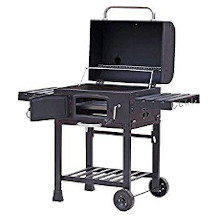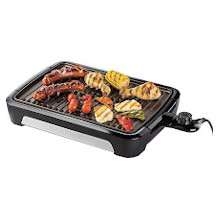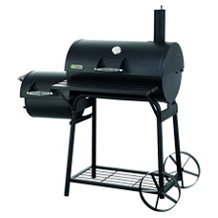3 burner gas grill purchasing advice: how to choose the right product
- The most important facts in a nutshell:
- Gas grills prepare food faster, more conveniently and healthier than common charcoal grills.
- Unlike charcoal versions, there is no acrid smoke, which makes it possible to barbecue on the balcony without disturbing the neighbours.
- Indirect cooking is possible with a gas barbecue, as the heat in the cooking chamber radiates back from the lid walls, heating the food evenly and keeping it juicy.
- To be able to work with different temperature zones, a model with at least three burners is recommended.
- In addition to the mobile version with wheels, there are gas grills without a base for table use, compact kettle grills and models for installation in kitchen units.
Advantages of a 3-burner gas barbecue
Barbecuing is one of the Germans’ favourite hobbies, and not just in summer. Whether on the terrace, in the garden, on the balcony or in the park: crispy sausages, juicy steaks and delicious grilled vegetables are popular everywhere. However, opinions differ when it comes to the design of the barbecue. Purists prefer electric grills, traditionalists swear by the charcoal version. But perfectionists appreciate the many advantages of gas grills:
- They are ready for use more quickly.
- They are easier to regulate and enable perfect, even grilling results.
- The heat is distributed much better on models with a bonnet than on charcoal and electric versions.
How does grilling with a 3-burner gas grill work?
When using a gas barbecue, meat and other foods are roasted under radiant heat. The heat is generated by burning gas. This is bottled gas, a mixture of propane and butane. You can connect bottles in sizes of five and eleven kilograms to most gas barbecues, which you can buy at DIY stores, petrol stations or public utilities, for example.
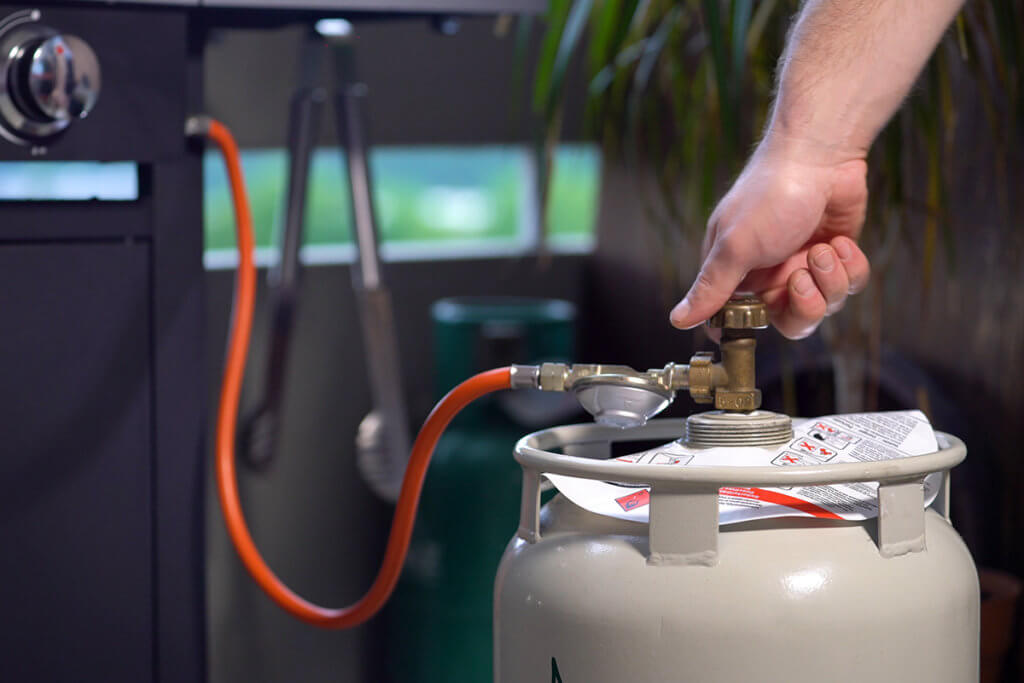
You have to exchange these deposit bottles for filled versions after use. Some models can also be operated with small disposable gas cartridges. However, these last for a maximum of three hours of grilling pleasure. They are therefore well-suited for short, mobile use, but the larger versions are always worthwhile for use at home. This applies especially to 3-burner gas barbecue trolleys, which have a comparatively high gas consumption.
Supply line and heating up
From the bottle, the gas is fed to the burner or burners via a hose system. The gas flame heats a heat accumulator made of metal rods or lava stone, which is placed directly under the grill grate and radiates the heat to it. The more flames the appliance has, the more evenly the heat is distributed. We therefore recommend an appliance with at least three flames.
With such a model, you can create several temperature zones. Sensitive food such as fish should be cooked at low temperatures. Sausages or steaks, on the other hand, should be grilled at higher temperatures. With direct grilling, high heat is transferred directly to the food. The pores of the food close quickly. The food often burns on the underside.
The big advantage of a gas barbecue compared to other models: the bonnet or the swivelling lid enable gentle, indirect grilling. The flame does not reach the food directly. Instead, the food is cooked by radiant heat, similar to the convection function of an oven.
Quickly ready for use, convenient and smoke-free
It is no coincidence that gas barbecues are becoming increasingly popular: the gas-powered models have a number of advantages over classic charcoal barbecues. Thanks to the short heat-up time, gas barbecues are ready for use much more quickly, because they do not require a long lead time as with a charcoal barbecue. Instead, all you have to do is turn on the gas, light it or press the igniter and you’re ready to go. Even if you prefer indirect grilling, the cooking chamber is heated up within a few minutes. Charcoal, on the other hand, takes up to half an hour to glow through before you can put the food on the grill. Spontaneous grillers therefore get their money’s worth with gas grills.
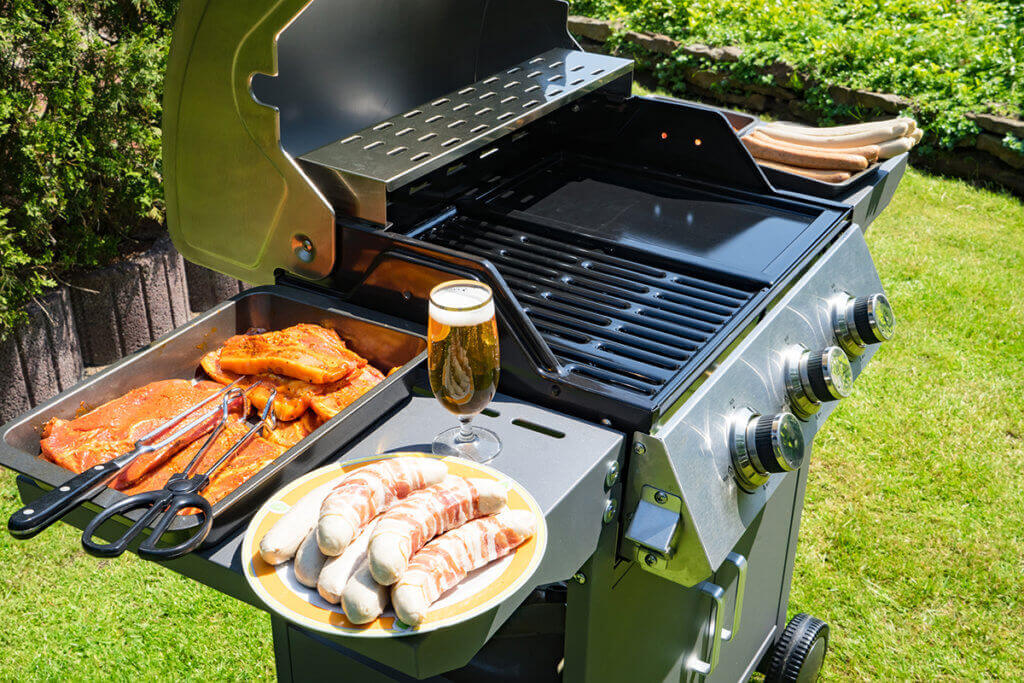
In the medium term, buying more gas cylinders is also cheaper than the comparatively high ongoing costs for charcoal. The risk of injury is lower than when handling charcoal, because there are no liquid or solid barbecue lighters. Nevertheless, caution is always advised when handling gas.
Due to the rapid preheating, food preparation is also quicker than with charcoal and electric grills. In addition, neither ash nor soot is produced, which makes costly disposal unnecessary. In addition, cleaning is done in a very short time. Another advantage is that you do not grill directly over the flame. Instead, the flames heat the lava stone or the metal rods, which then cook the food indirectly and particularly gently, as with the convection function of the oven. This is also beneficial to health, as dripping fat cannot ignite in the embers or the open flame. Unlike charcoal grills, no carcinogenic substances are formed.
The models are also suitable for use on the balcony or terrace: Since there is virtually no smoke development, you will not bother any of your neighbours with smoke.
In principle, barbecuing outdoors is permitted
According to the German Tenants’ Association, barbecuing on the balcony, terrace and in the garden is generally permitted. Exceptions can be regulated by special clauses in the tenancy agreement. However, you should always ensure that neighbours are not significantly disturbed by soot, smoke or fumes. If this is the case, you are committing an administrative offence. Gas barbecues help to avoid disturbing the neighbours.
Gas barbecues are easy and convenient to operate. You control the heat of the burners with rotary knobs. Versions with several burners allow individual temperature zones and thus very precise grilling. Special cooking utensils, such as a Roman pot or a pizza stone, can also be placed on the grill grate. This expands the possibilities enormously: you can use it to prepare meat stews such as goulash or a particularly crispy pizza on your gas barbecue. Well-equipped gas barbecue owners conjure up entire menus with just one appliance. Whether fish, meat, seafood, vegetables or even fruit – there are hardly any limits to the creative variety.
Although the purchase price of gas barbecues is often higher than that of simple charcoal barbecues, the features and low operating costs soon make up for the higher price.
Some advantages of 3-burner gas grills at a glance
- Short heat-up phase and immediate readiness for use
- Quick preparation of the grilled food
- Low risk of injury
- Almost smoke-free
- Easy to handle
- Simple temperature regulation
- Wide range of preparation possibilities
- Low operating costs
- Simple and quick cleaning
Purchase criteria: Grill surface, design, material
When looking for a 3-burner gas grill, there are a few points to consider in advance. For example, you should ask yourself for how many people you want to conjure up delicious barbecue results, whether you want to use the barbecue mobile, i.e. at several locations on the property, and what material the barbecue should be made of.
Power

The power determines how hot the burners can get. It is specified in kilowatts (kW). The higher the value, the faster meat, sausage and vegetables are ready. For a compact tabletop appliance, an output of 2 to 5 kilowatts is sufficient. Large models reach an output of 10 to 16 kilowatts. In general, the larger the grilling surface, the higher the power should be.
Größe der Grillfläche
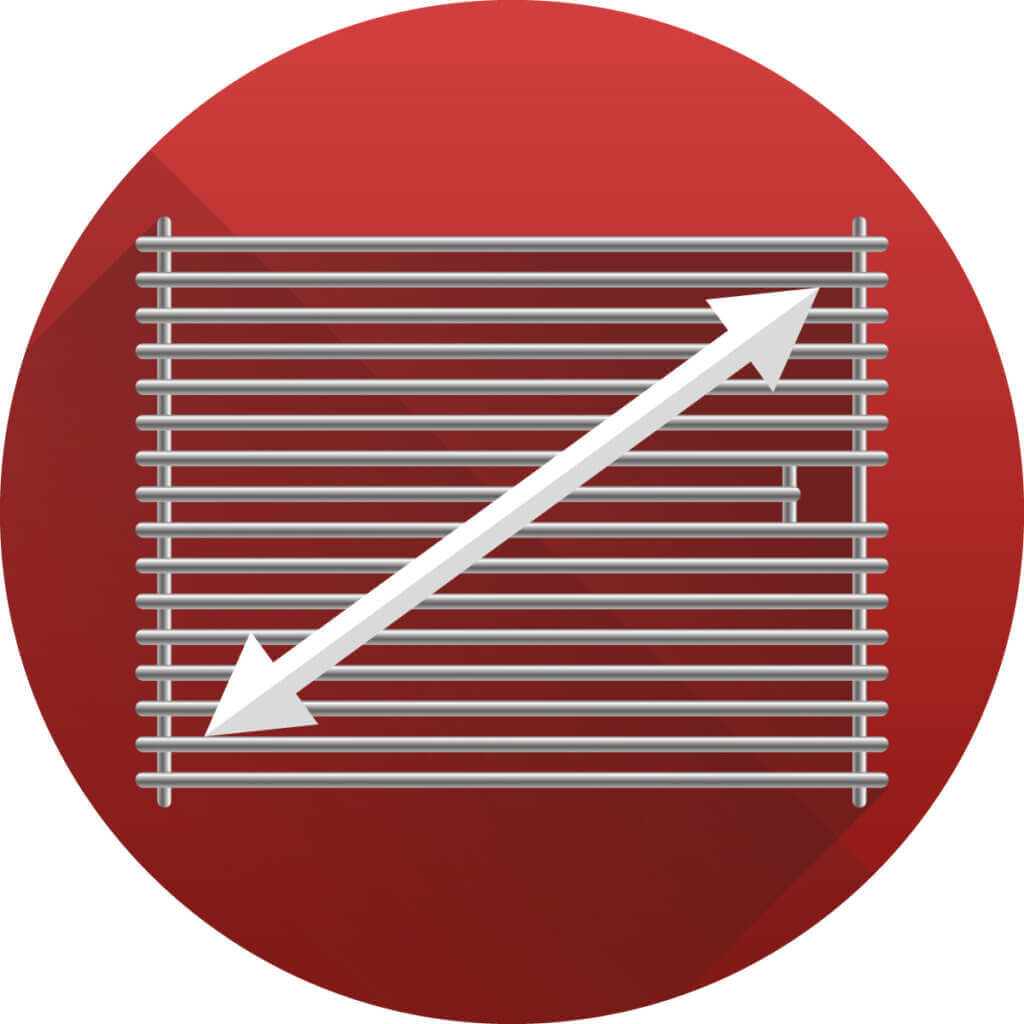
If you want to grill for a maximum of two people, an appliance with a grilling surface of 2,000 square centimetres or smaller is sufficient. For a family or a group of four, you should choose a model with a grilling surface of 2,000 to 3,500 square centimetres. If you are an ambitious barbecue fan and often invite friends to your garden, it is advisable to choose a gas barbecue with a grilling surface of over 3,500 square centimetres to avoid waiting times and to fill up all your guests.
Design
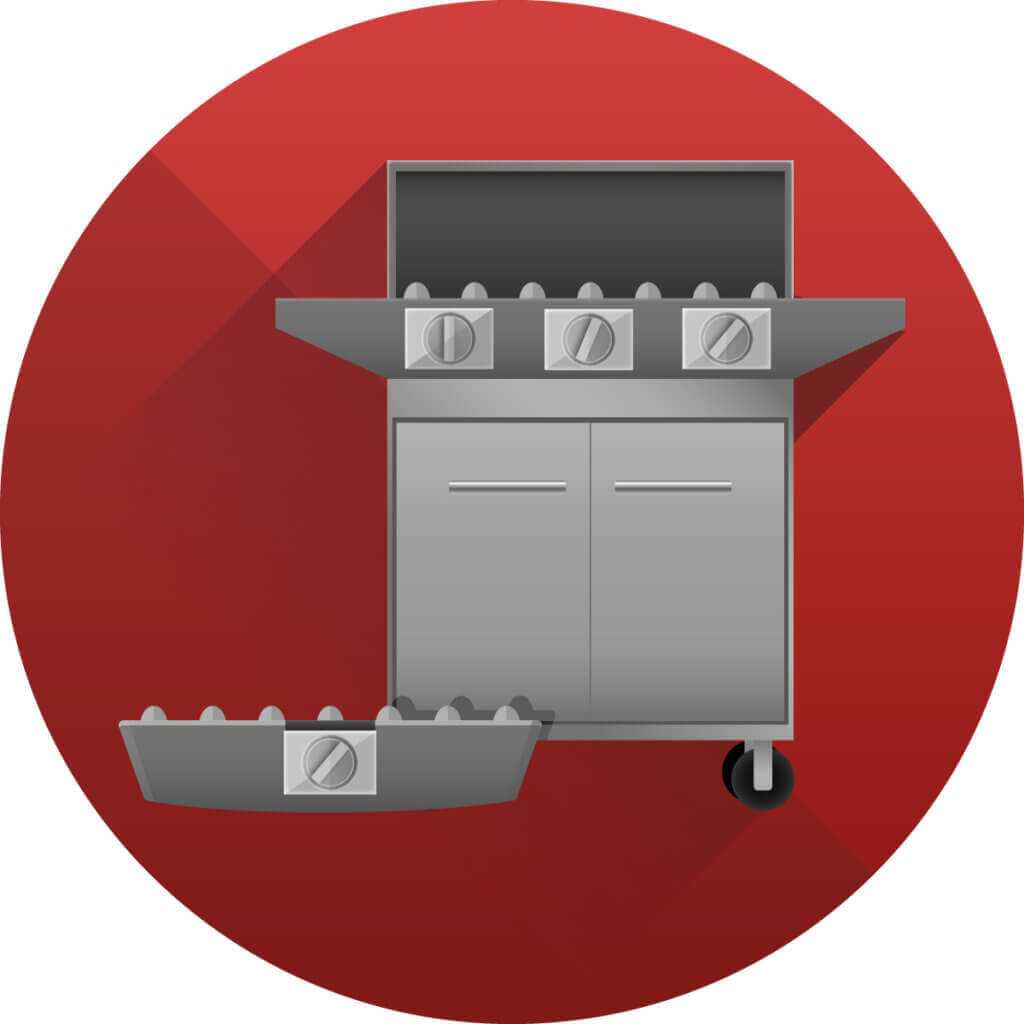
The classic among the designs is the gas barbecue trolley. This is a device on wheels that you can flexibly and quickly roll out of the garage or shed onto the terrace or lawn. Built-in gas barbecues are suitable for integration into an outdoor kitchen unit. However, they are then not mobile. Table-top gas barbecues do not require a base and are particularly suitable for use on small terraces, balconies or when camping. However, you must operate them either on a table or the floor.
Material

Stainless steel gas barbecues are particularly durable and at the same time score points with their exclusive design. However, this is also reflected in a comparatively higher purchase price. Grills made of cast iron require more care to prevent rust. Powder-coated and enamelled models are susceptible to scratches. These grills also tend to rust in the scratched areas.
Grill bonnet and thermometer
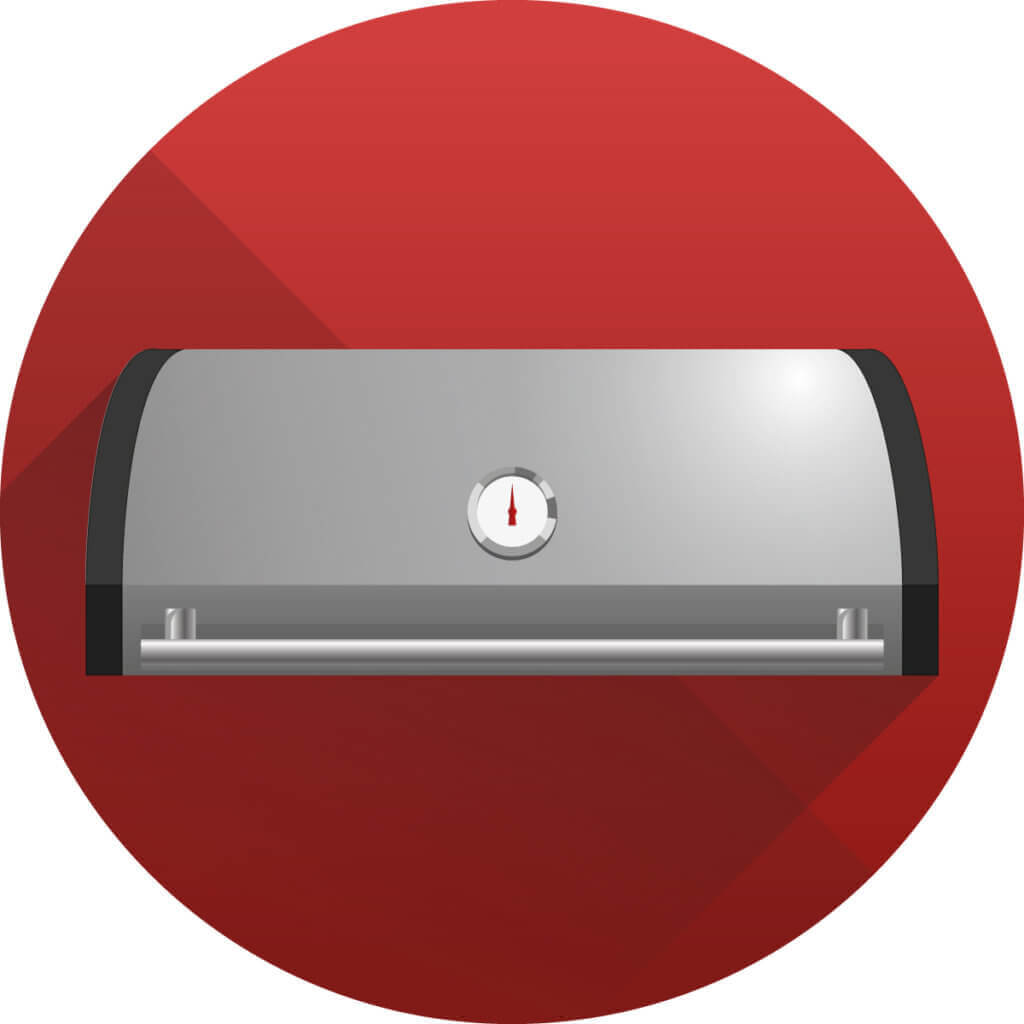
The grill bonnet, i.e. the lid, is the be-all and end-all of a gas grill. It is only through the lid that indirect grilling is possible via the rising ambient heat. Without a lid, the gas barbecue would hardly stand out from an ordinary charcoal barbecue. In addition, a thermometer is very helpful for indirect grilling: it lets you know exactly when to open the lid before the desired temperature is exceeded. This guarantees that your grilled food stays nice and juicy and prevents it from drying out.
Heat transfer
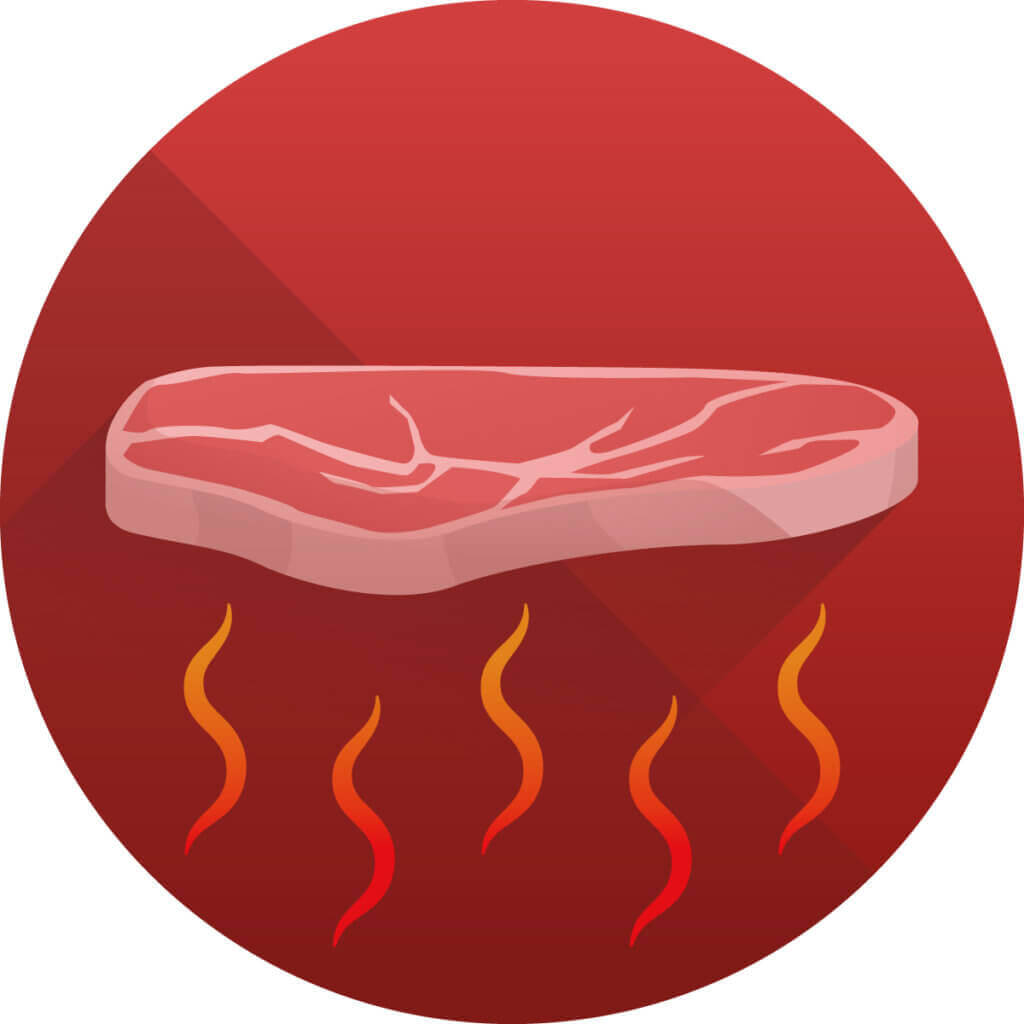
Various materials with different properties are used for heat distribution underneath the grill grate. Porous lava stones store heat particularly well and are very similar in taste to charcoal grills. However, cleaning is somewhat cumbersome and the stones store a lot of grease, which favours grease fires. Ceramic briquettes can be cleaned in the dishwasher and the risk of grease fires is low. With the durable metal systems, the risk of a grease fire is virtually eliminated.
Pay attention to safety certificates
When buying, make sure that the gas barbecue bears the CE-0085 mark. This mark indicates that the barbecue complies with EU safety directives.
Preparation tips for indirect grilling
Indirect grilling is a long-established cooking method that prepares food particularly gently and keeps meat tender and juicy. This method is becoming increasingly popular for barbecuing. To do this, the flames of all three burners on the gas grill are used for preheating. After a short time, switch off the middle burner completely and turn down the temperature of the outer burners to create a temperature between 160 and 200 degrees in the cooking chamber. Place the food to be grilled in the middle zone, which is free of flames, and close the lid.
The heat rises to the lid and radiates from the side walls back into the cooking chamber. The principle is familiar to most people from the convection function of the oven. In this way, you can prepare delicious whole roasts, chicken, duck or legs of lamb without having to turn the food over in between. With conventional grills, these foods would burn on the underside, while the inside and top would not get enough heat. When turning, there is always a risk of the food falling apart. Make sure that the temperature is neither under- nor overheated during cooking to achieve perfect results. Then undercooked and burnt grilled food will be a thing of the past.
Tip: Use a drip tray
Use a grease drip tray and position it under your grilled food. Excess fat that escapes from the food will then collect in it. This guarantees that the burners are not damaged by heat and that no harmful substances are produced by the burning of fat. Many gas barbecues come with such a collection tray.
Should I preheat the gas barbecue?
Yes, you should preheat the gas barbecue first. This takes an average of three to ten minutes. You can tell whether you have reached the target temperature of 150 to 200 degrees Celsius from the barbecue thermometer that comes with most gas barbecues.
Helpful tips for beginners on the subject of gas barbecues, such as a safety check before commissioning and burning in, can be found in the following YouTube video by the barbecue bloggers Sizzle Brothers.
Care instructions
To prevent grease from sticking, you should thoroughly clean the grill grate of oil, grease and food residues regularly, if possible after each use. For the so-called burn-out, close the lid – if available – and bring the grill to the highest possible temperature until no more smoke can be detected. The excess fat burns out in this way. Remove any residue with a stainless steel brush. Clean other materials with a sponge and soapy water.

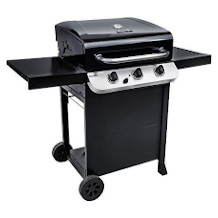
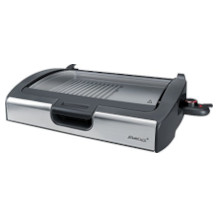
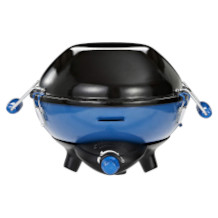
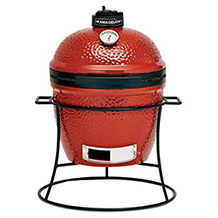
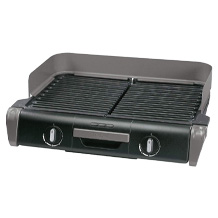
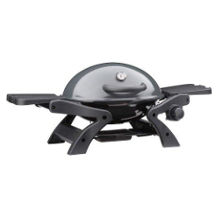
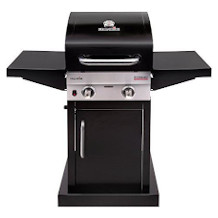

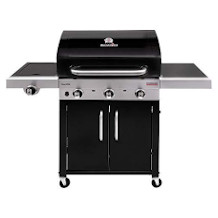

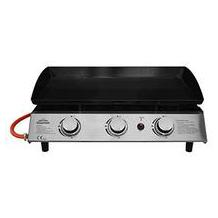
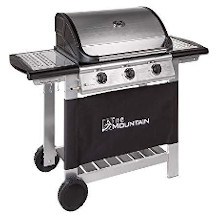

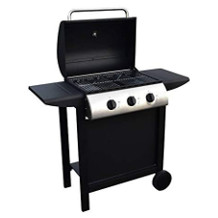
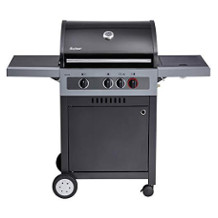
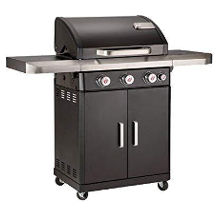
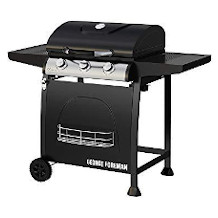


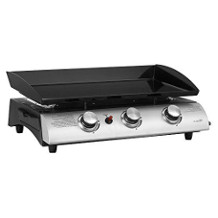
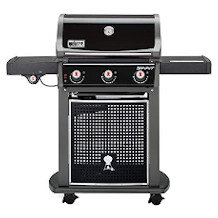
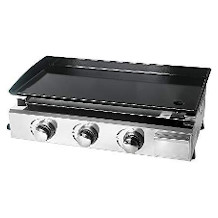

 125 reviews
125 reviews


